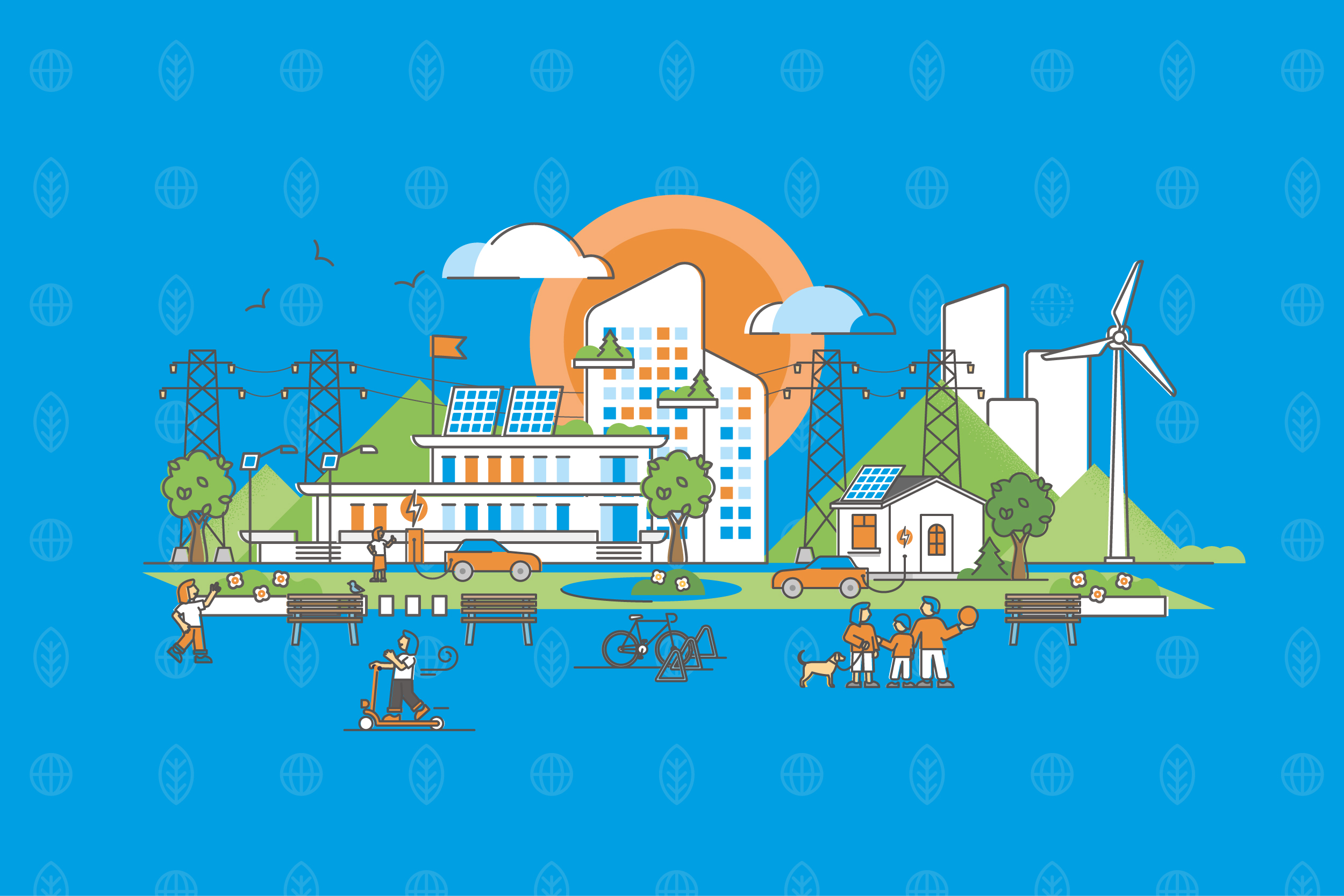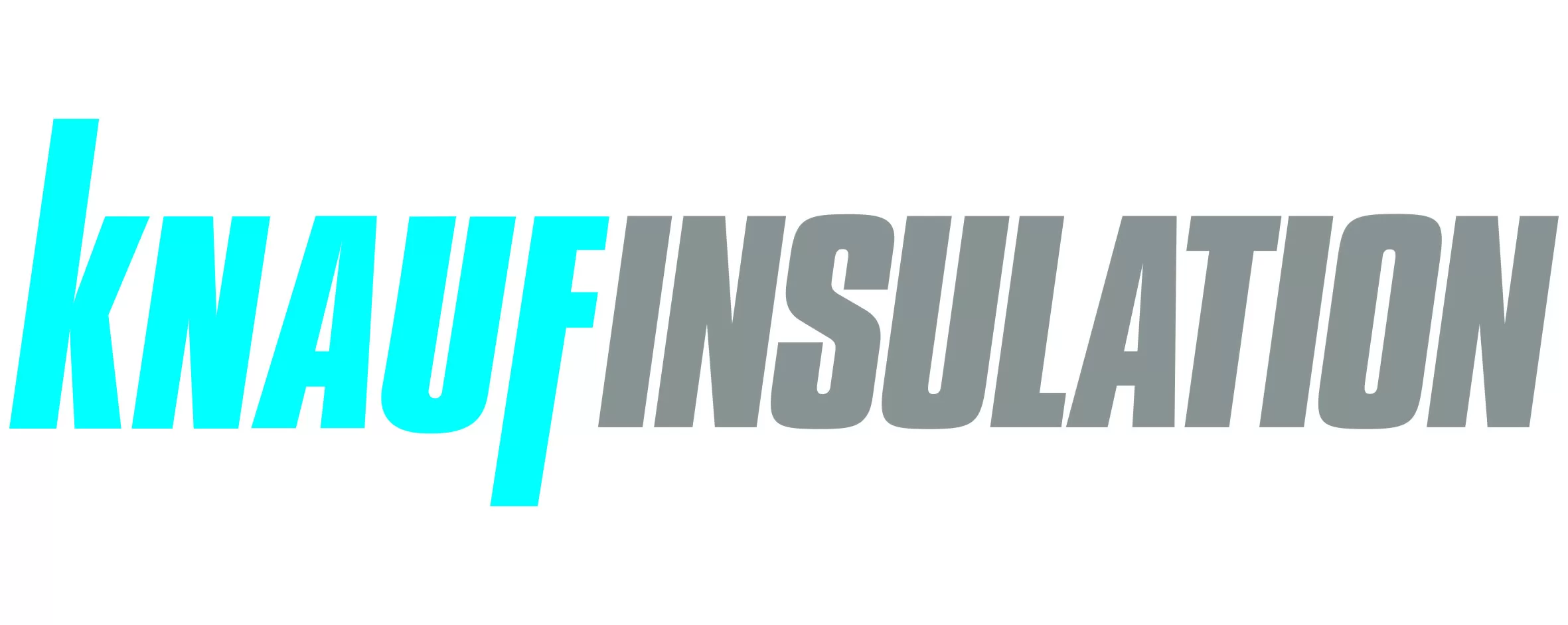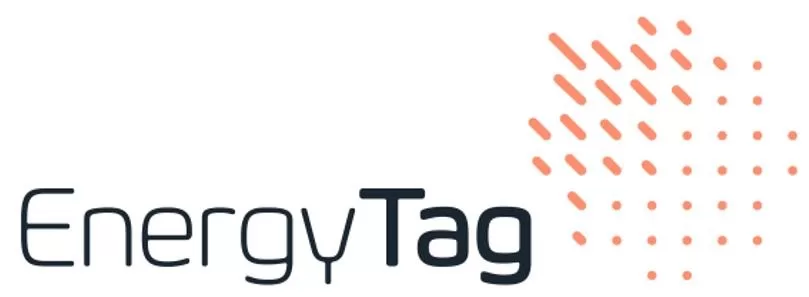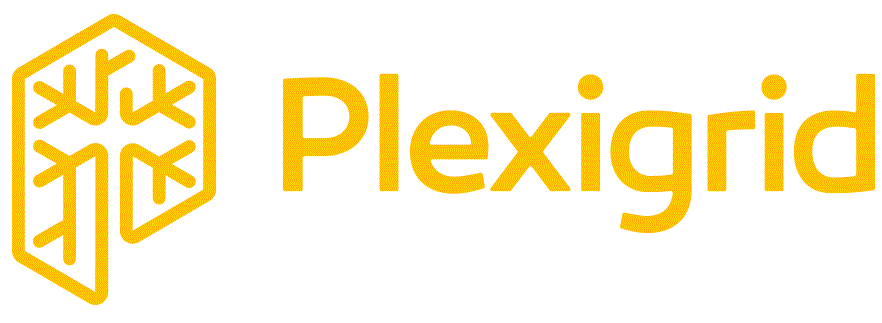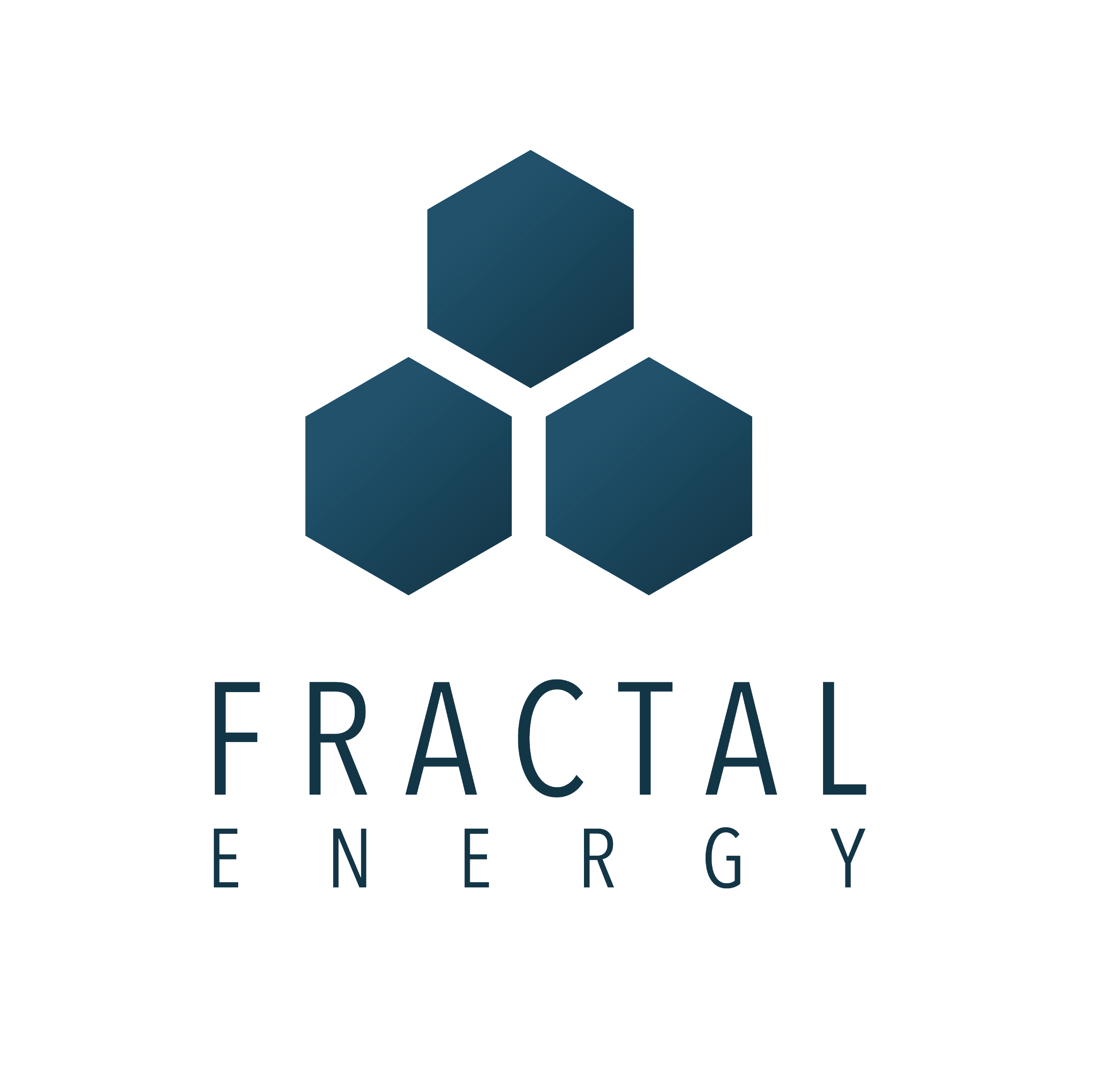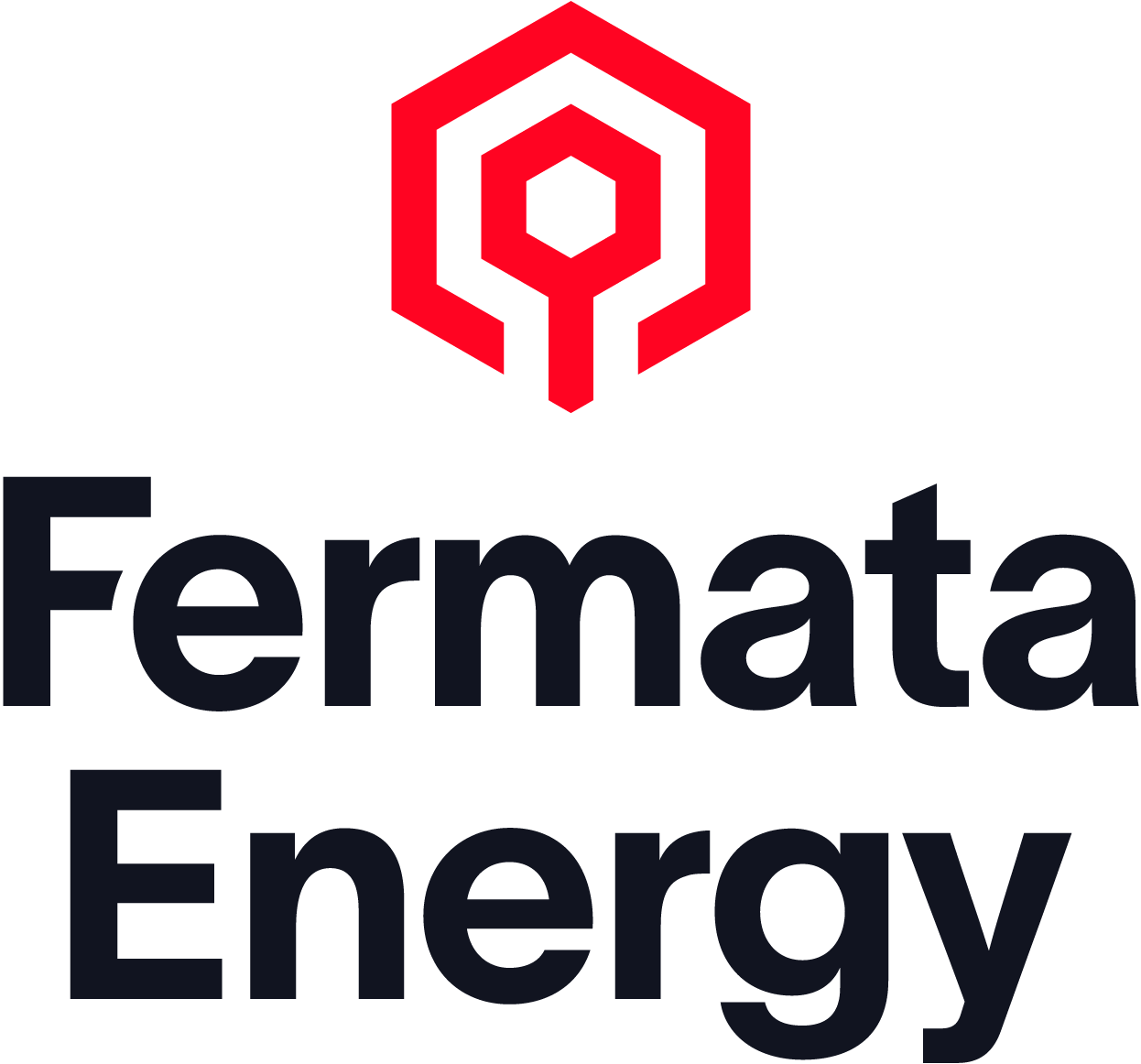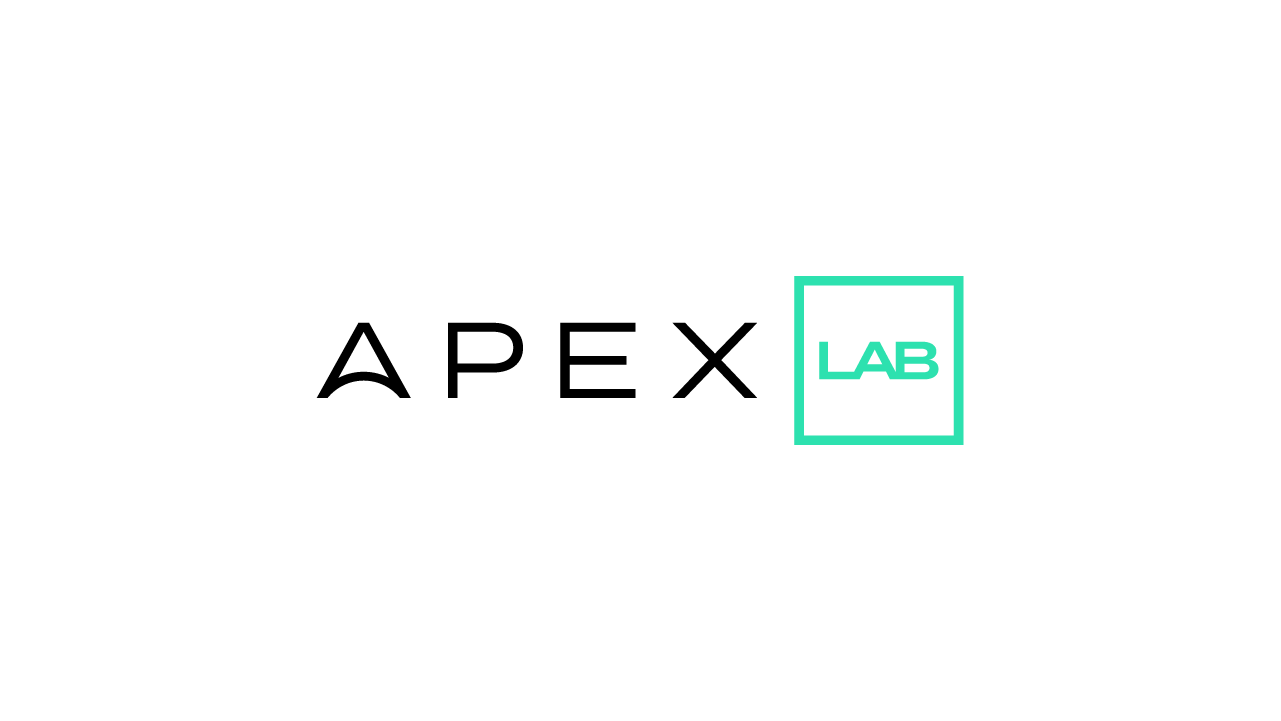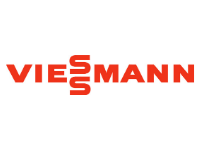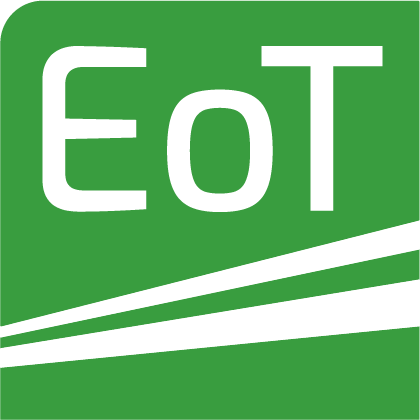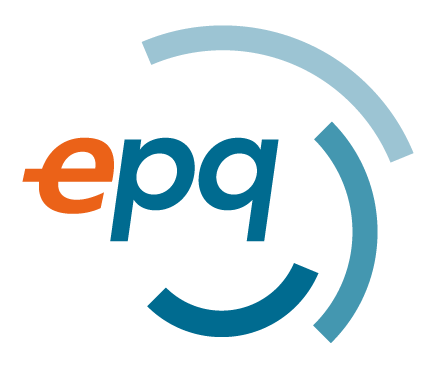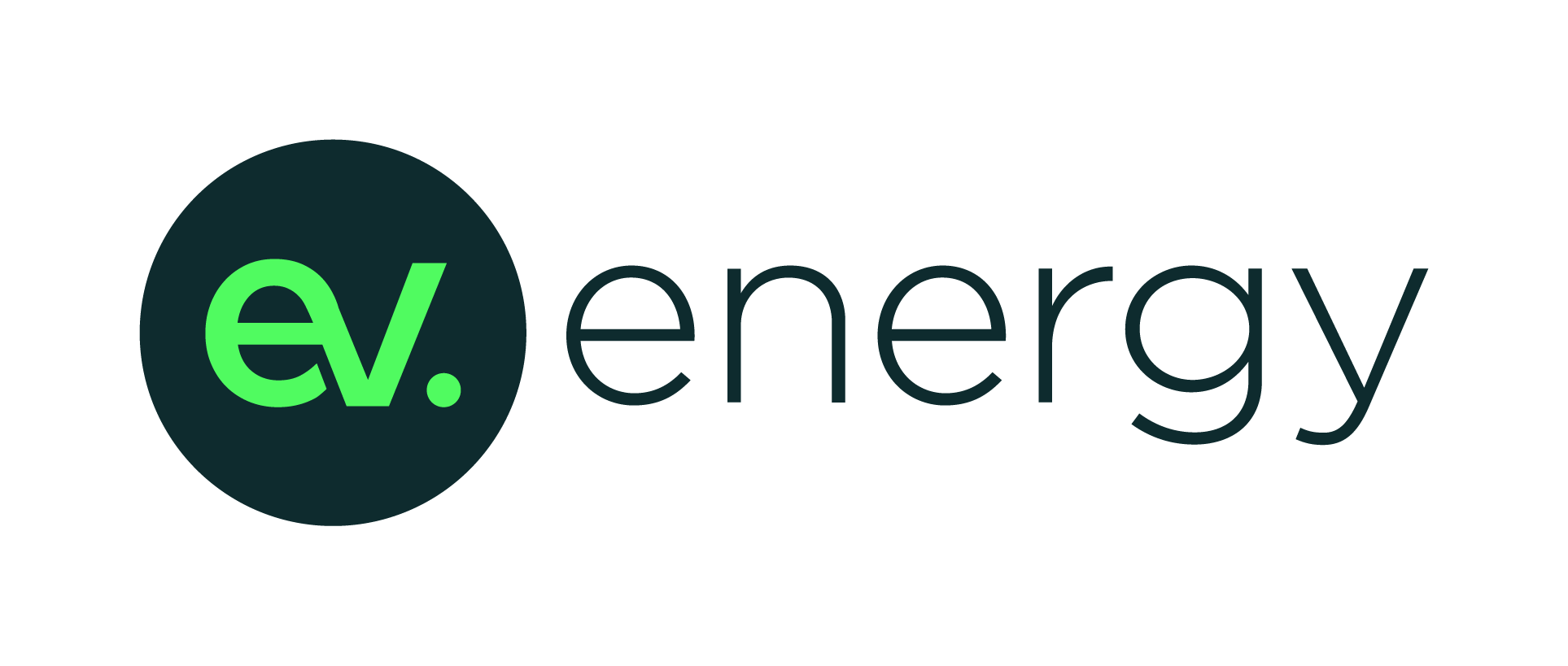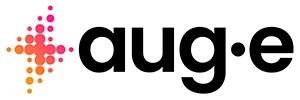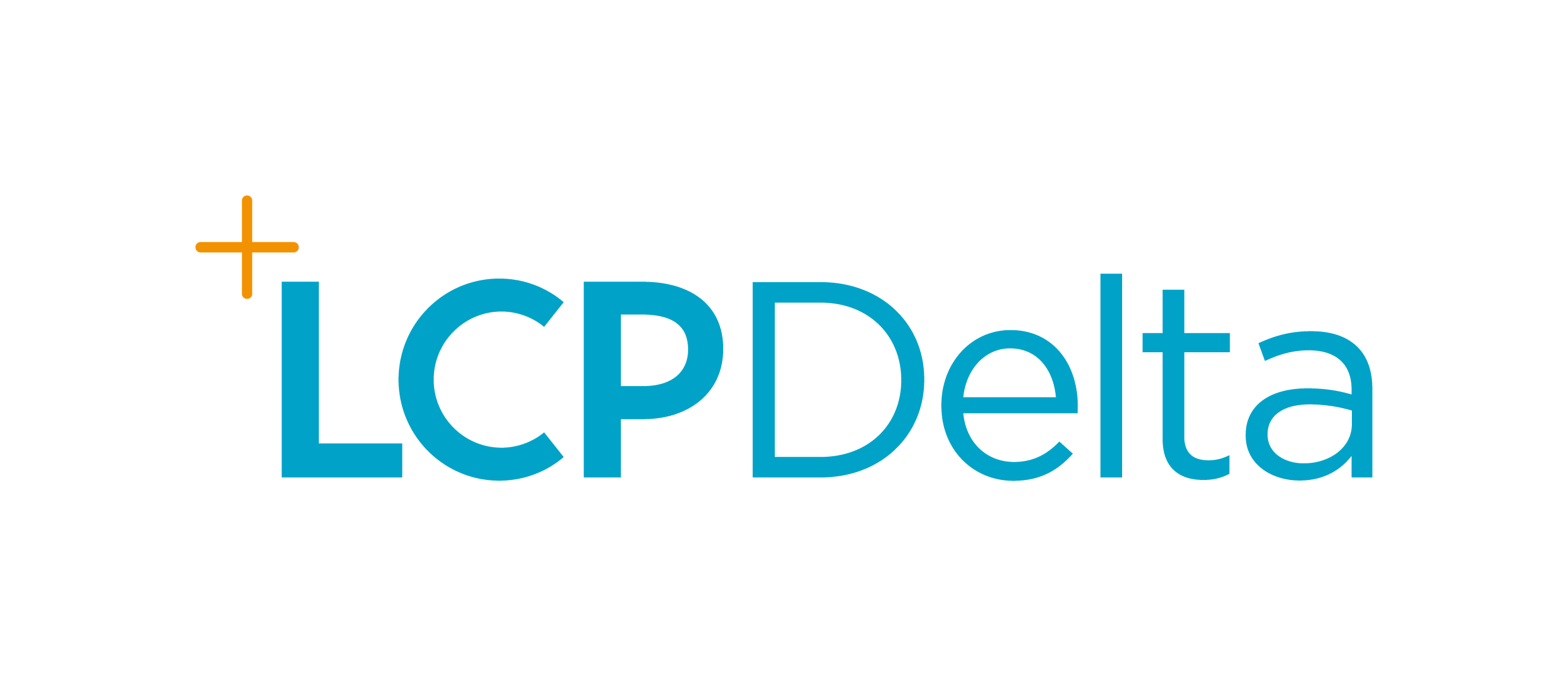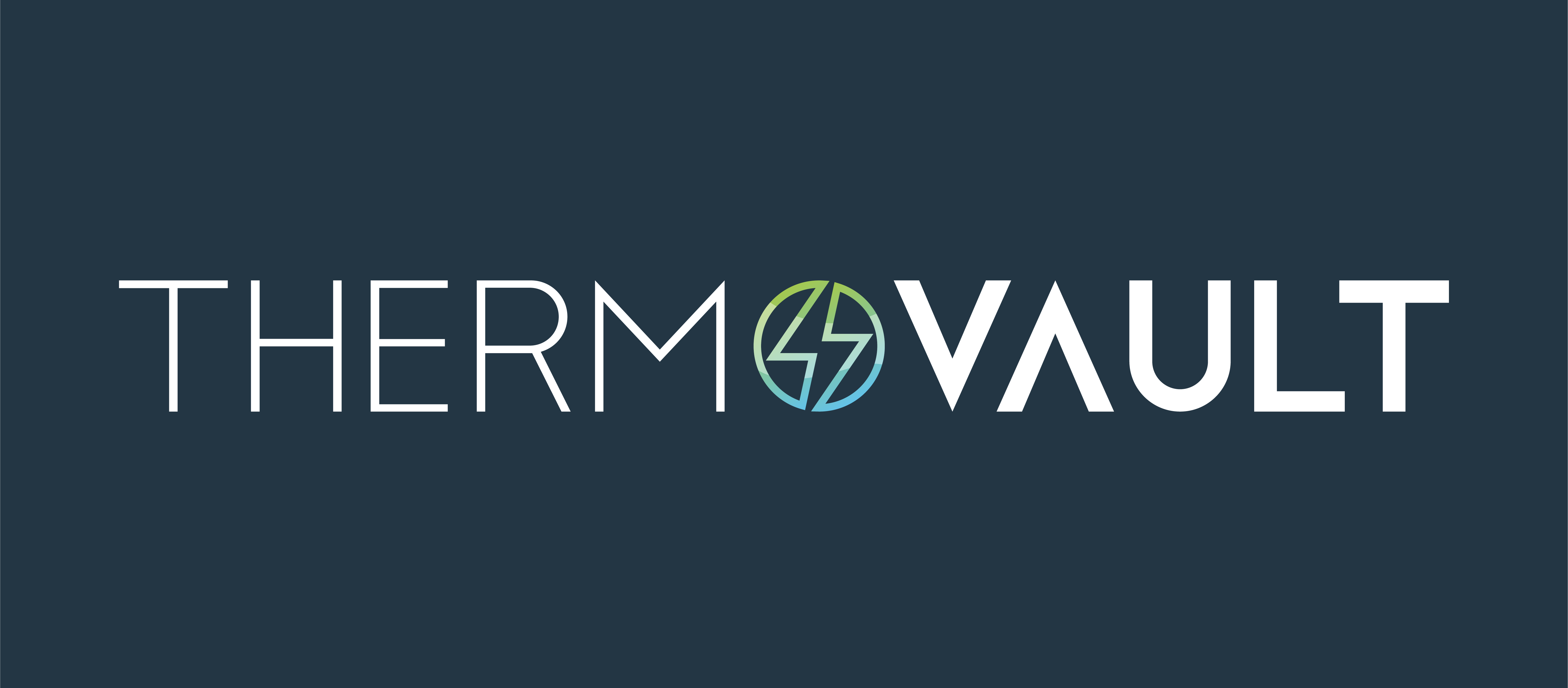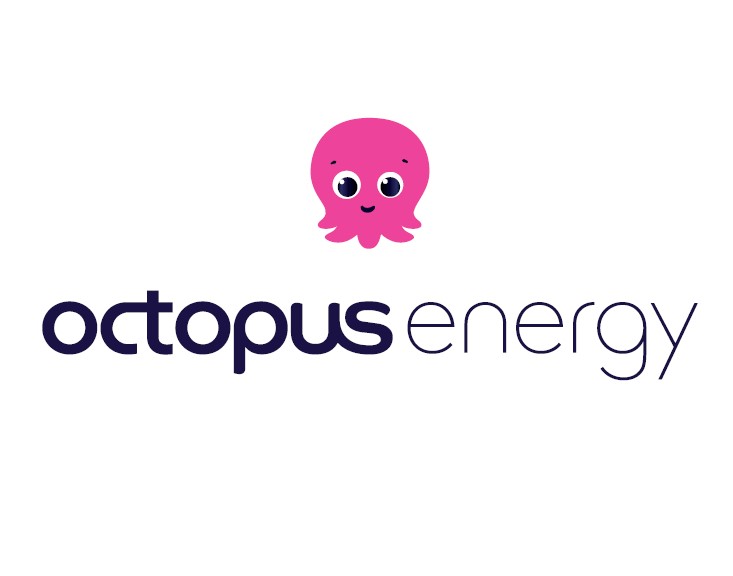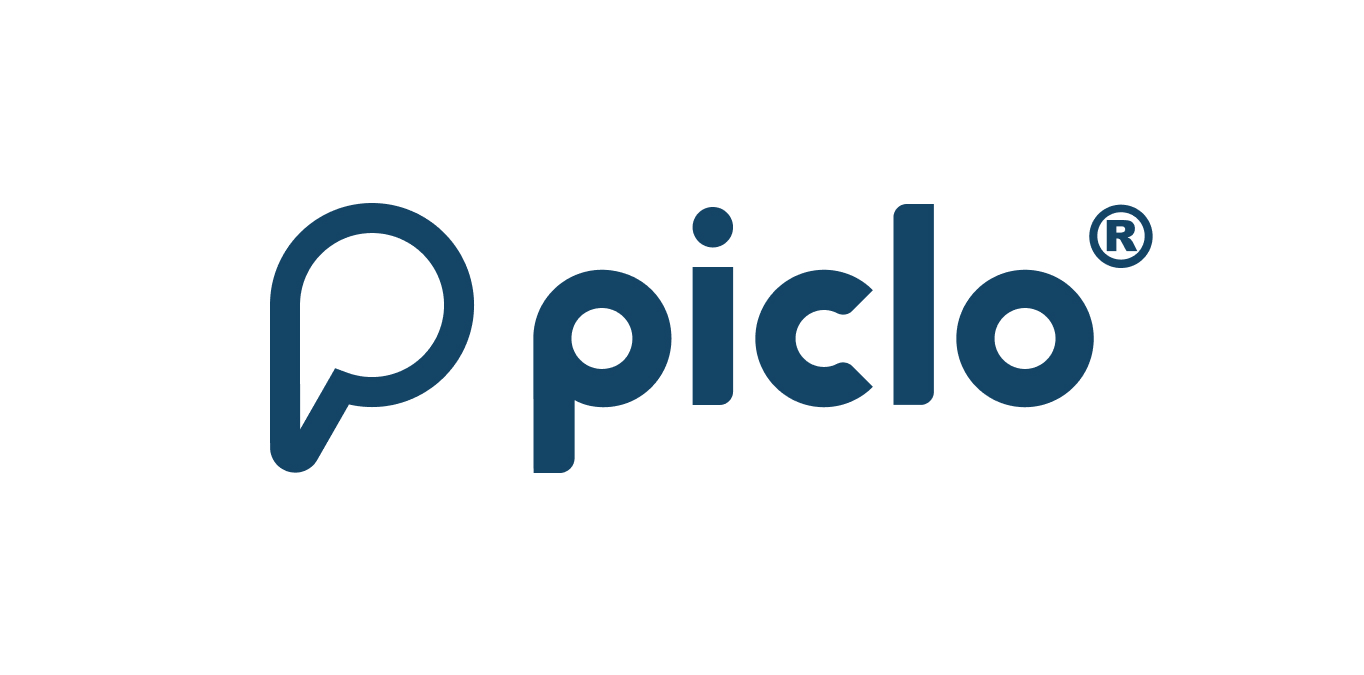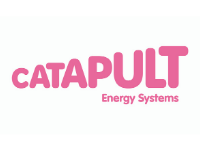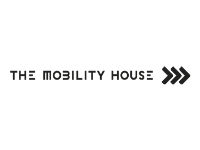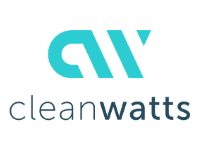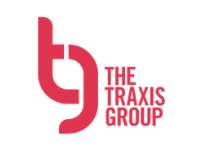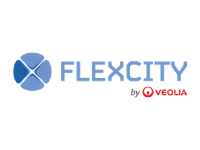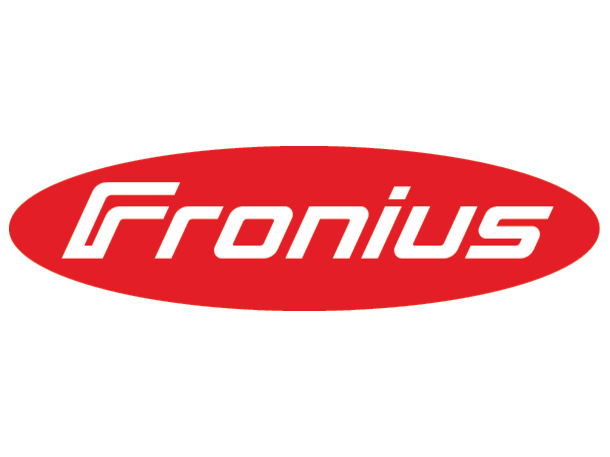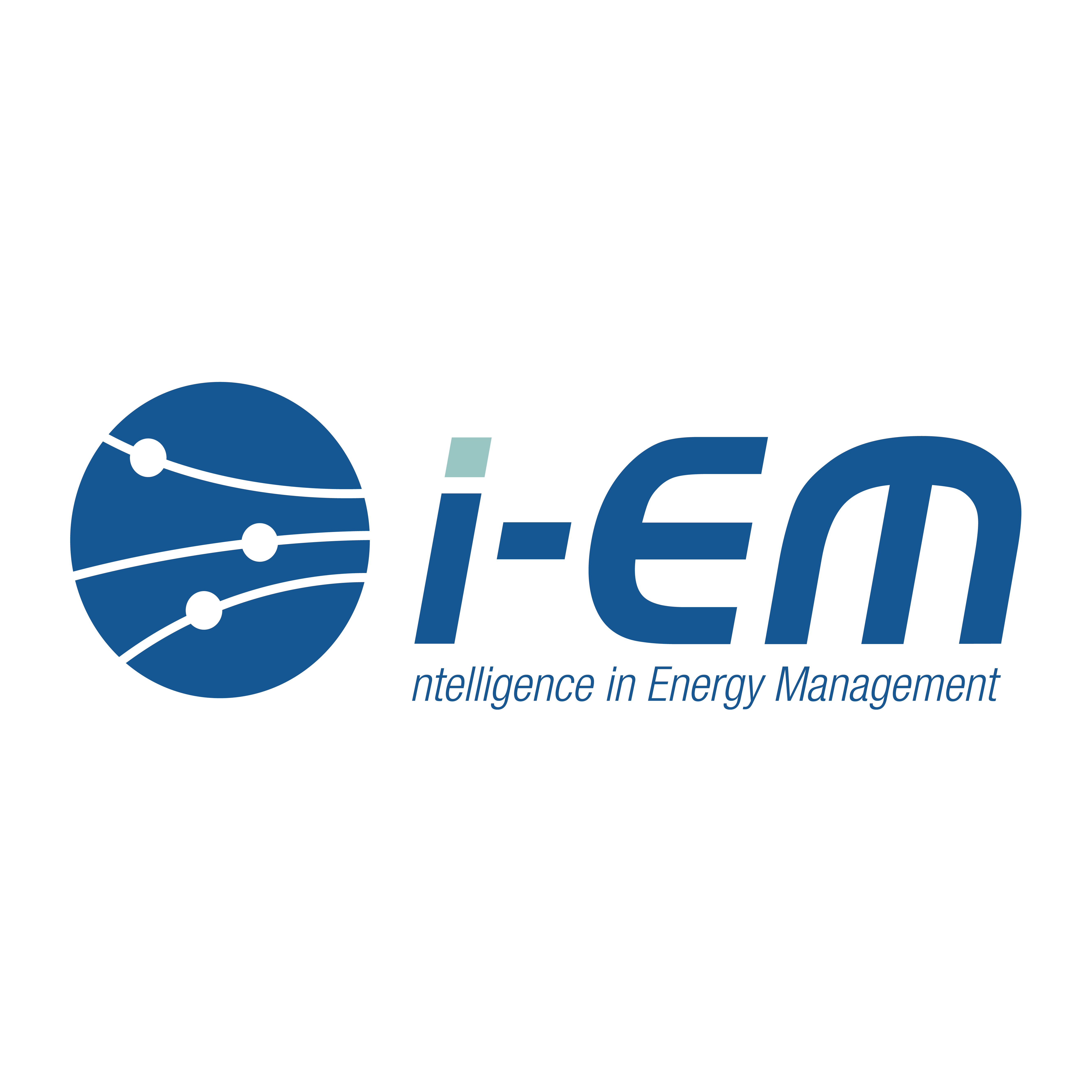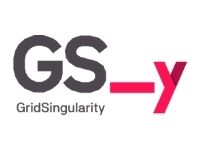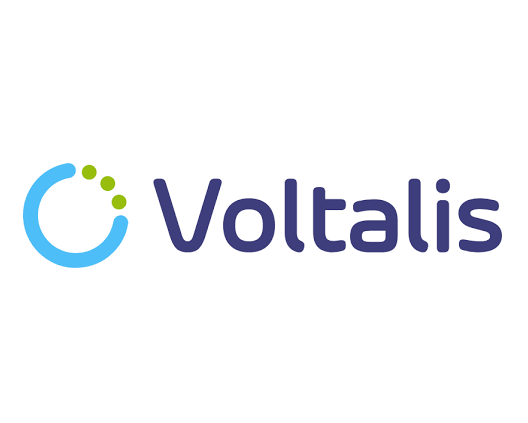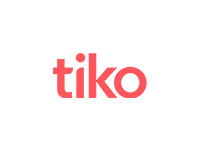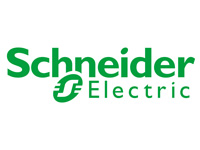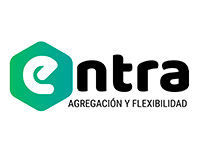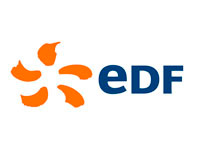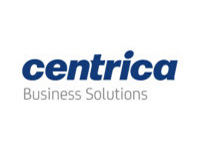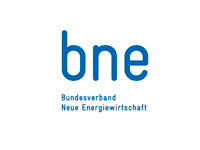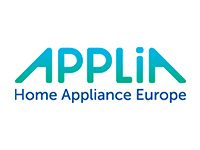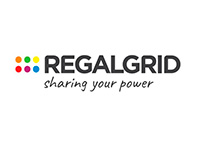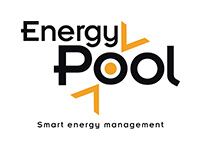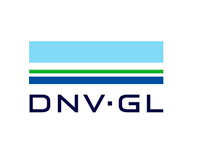The recent hike in energy prices has triggered deep concerns across Europe. While the root cause lies in the global gas prices on which the EU still relies for over 20% of its energy needs, the consequences have fallen on all consumers, including households, which have seen unexpectedly expensive energy bills.
To overcome its dependency on fossil fuels, the EU is accelerating its transition to clean energy through legislative initiatives under the Fit for 55 package. With an increased amount of electricity coming from variable renewable energy sources, such as solar or wind, an opportunity arises for end-users to benefit from the natural fluctuation of prices.
Although most consumers are currently not able to react to them, these price variations already occur constantly throughout the day. Thanks to smart assets in our homes and workplaces, one could take advantage of low price windows by ramping up the use of energy and reducing consumption when electricity is more expensive.
To put it simply, when the wind blows and/or the sun shines, renewables generate lots of energy. The abundance of energy around makes the prices go down. This is the moment to increase the use of energy by heating hot water, pre-warming the home, recharging home batteries, electronic vehicles and utilising appliances. When the wind stops and the sun sets, the output of energy decreases, and the prices go up. Flexible buildings can then switch to on-site batteries, vehicle-to-building or shift their energy consumption. Reducing demand at peak times also has a deflationary effect on market prices at those moments.
All of this can be digitally connected and smartly automated, so citizens do not need to be energy experts or price predictors to maximize their savings while improving comfort and well-being. In addition, if one produces energy through, for instance, solar panels, they could further reduce their bill by selling the excess to the grid.
The smart solutions to achieve this transition already exist, and they are ready to be deployed at scale. The Renovation Wave and the revision of the Energy Performance of Buildings Directive (EPBD) provide an excellent opportunity to make buildings (and their parking or garage) smart. This can be done by installing energy storage devices, such as home batteries, small scale renewable generation assets like solar panels, smart devices like electric vehicle smart chargers, smart heat pumps and appliances that can time their operation based on signals received from the Building Energy Management System they are connected to.
These smart solutions can help private homes, offices, commercial buildings, public buildings and social housing, thus not only expanding the amount of actors benefitting, but also amplifying the impact in the whole system.
These renovations would have a triple positive impact. First, they would save citizens money by adapting demand to prices across the day and increase the affordability of smart assets. Second, they would contribute to making the energy system greener by increasing the penetration of renewable energy in end-use sectors. Third, they would improve the resilience of the system by allowing it to better adapt to the fluctuations of energy production and demand.
However, to fully harvest these benefits, the electricity energy market design needs to be implemented, one that allows users to react to the fluctuation of prices throughout the day, be it individually or via an aggregator of their choice that will take care of this for them. This would empower citizens to become prosumers (producers + consumers) of energy and reward them for actively supporting the clean energy transition.
Therefore, a better alternative to investing in large gas storage solutions, as currently debated now to solve electricity price hikes, is to redirect public resources to promote the smart renovation of buildings and activate their demand-side flexibility.
The Fit for 55 package and more specifically the EPBD revision offer the legislative opportunities to stimulate a real-time, flexible consumption of clean energy in buildings and ensure a cost-effective transition towards climate neutrality where consumers are at the centre.
About smatEn – Smart Energy Europe
smartEn is the European business association integrating the consumer-driven solutions of the clean energy transition. We create opportunities for every company, building and car to support an increasingly renewable energy system. For further information about smartEn, please visit www.smarten.eu.

